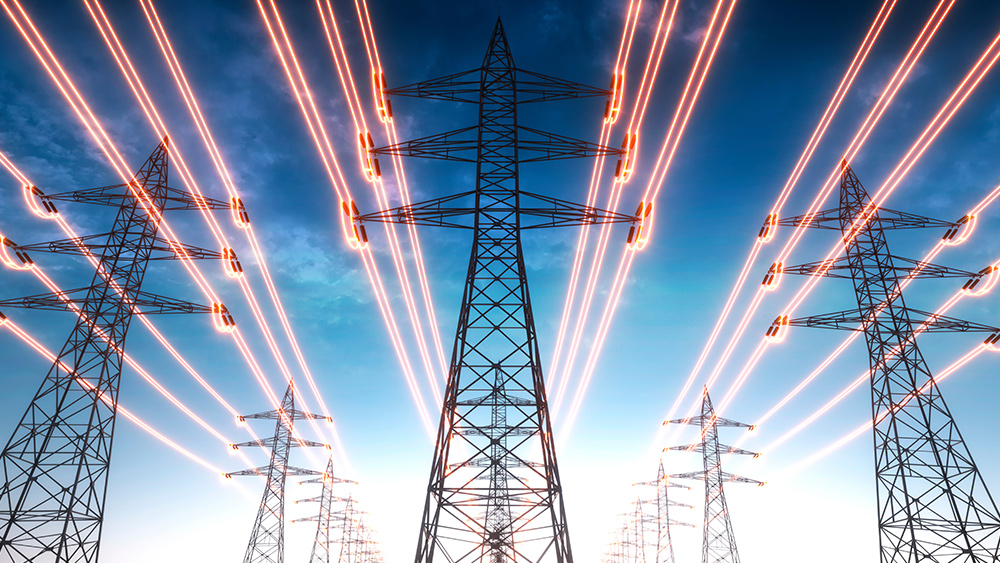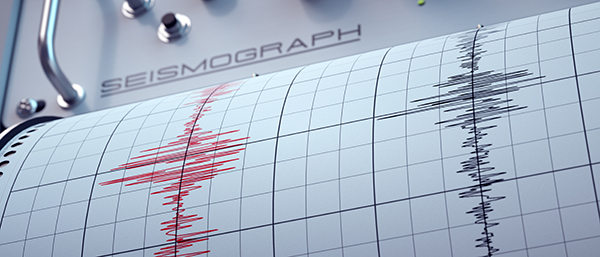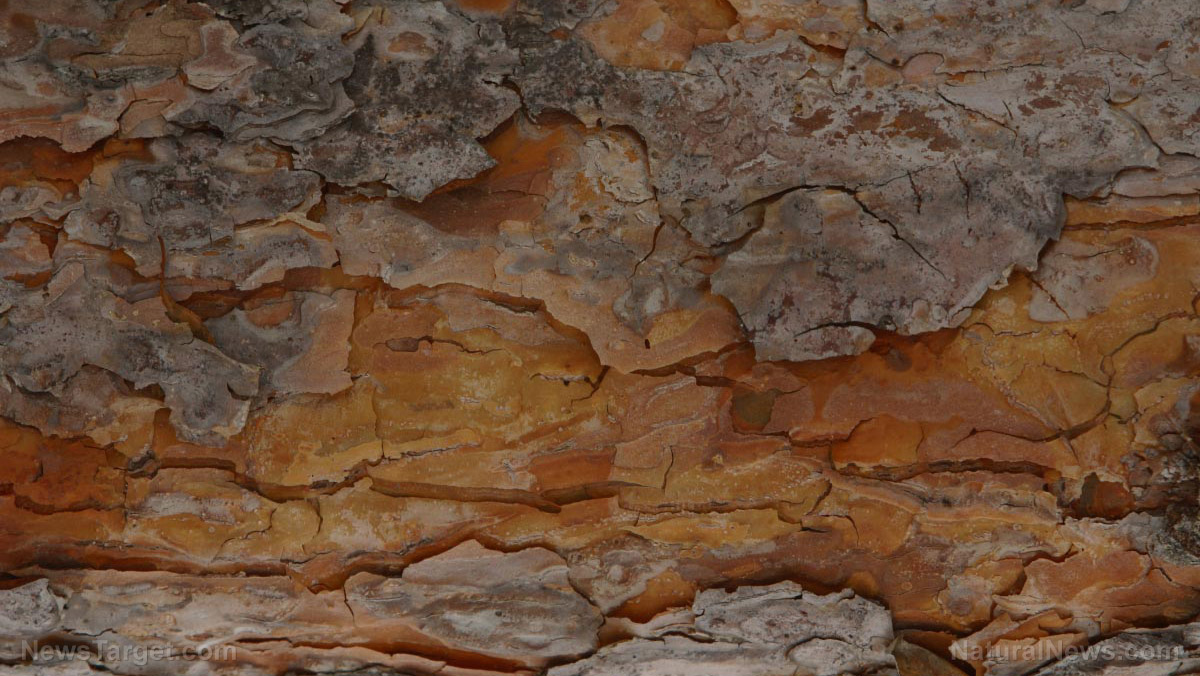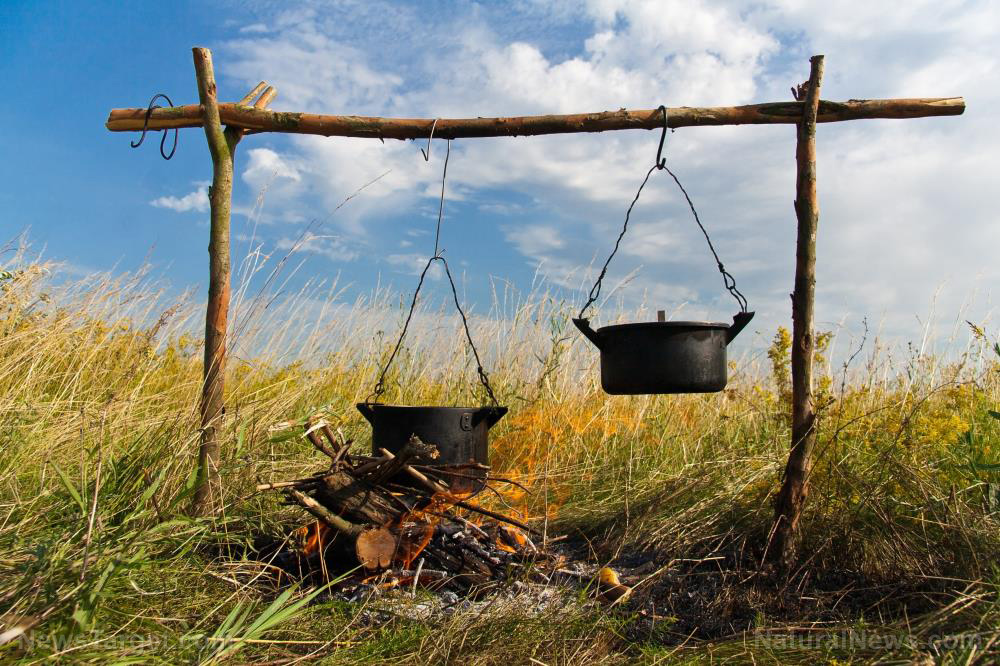Aftershocks and anguish: Afghanistan’s earthquake death toll surpasses 1,400 as new tremor strikes
09/03/2025 / By Zoey Sky
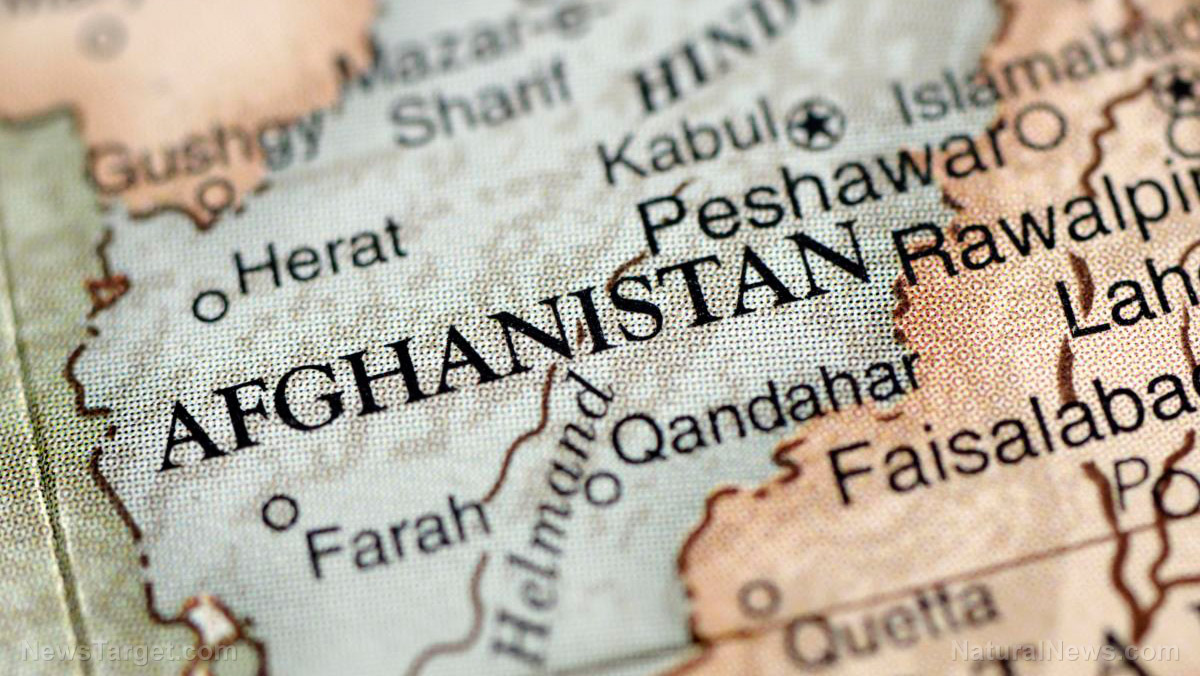
- A series of powerful earthquakes has caused a severe humanitarian crisis in southeastern Afghanistan. The initial 6.0 magnitude quake on Aug. 31 was followed by a significant 5.5 magnitude aftershock on Sept. 2, which worsened the destruction and hampered rescue efforts.
- The earthquakes have killed over 1,400 people, injured more than 3,124 and completely destroyed over 5,400 homes. Officials warn these numbers are expected to rise as rescue teams reach isolated communities.
- The major aftershock caused further injuries, halted rescue operations by making rubble unstable and finished off homes that were only partially damaged, leaving even more survivors without shelter.
- The rocky, mountainous terrain in the worst-hit provinces has been devastated by landslides that have blocked critical roads. This makes it extremely difficult for aid to get through, forcing a reliance on helicopters to evacuate the injured and deliver supplies.
- Thousands of survivors are now exposed to the elements without shelter, clean water, or food. This has created a high risk of disease outbreaks, turning the natural disaster into a race against time to provide life-saving aid. Afghanistan’s ability to cope is severely limited due to its pre-existing economic crisis and fragile infrastructure. The local health system is overwhelmed, and while some nations have pledged aid, the actual flow of international assistance has been slow and limited.
A powerful new earthquake has shaken southeastern Afghanistan, deepening a humanitarian catastrophe that has already claimed more than 1,400 lives and left thousands injured.
The latest tremor – a magnitude 5.5 quake that struck on Tuesday, Sept. 2 – sent rocks tumbling down mountainsides and cut off critical roads. It also terrified a population already reeling from one of the deadliest natural disasters the country has seen in years.
The new quake is a devastating aftershock of the major earthquake that struck the same remote, mountainous region near the Hindu Kush mountains just after midnight on Sunday, Aug. 31. That initial event, a magnitude 6.0 quake, flattened entire villages as families slept, leaving a trail of destruction that rescue workers are still struggling to comprehend.
The human cost of this disaster is staggering and continues to climb. According to Taliban administration officials, the confirmed death toll from Sunday’s quake has already exceeded 1,400 people. More than 3,124 individuals are reported injured, and over 5,400 homes have been completely destroyed – but these numbers are not final.
The United Nations coordinator in Afghanistan has warned that the death toll is certain to rise further as rescue teams slowly reach isolated communities that have been cut off by landslides. Tuesday’s aftershock has only made a terrible situation worse. It caused further injuries and likely added to the death count.
More critically, it halted vital rescue operations, making it too dangerous for teams to dig through unstable rubble for survivors. The new tremors also finished off homes that had been partially damaged in the first quake, leaving even more people without any shelter at all. (Related: Idaho town rattled by mysterious EARTHQUAKE swarm.)
A race against time and terrain
The eastern provinces of Kunar and Nangarhar were the worst hit. The difficult, rocky terrain has become a dangerous hurdle for the rescue efforts. Massive rockfalls have blocked the damaged mountain roads that connect remote villages, making it nearly impossible for ambulances and aid trucks to get through.
The only way to reach some areas is by helicopter, which is how the injured are being evacuated and the first trickle of supplies is arriving. Aid organizations on the ground describe a desperate scene. With their houses in ruins, thousands of survivors are now living out in the open, exposed to the elements and terrified of more aftershocks.
The earthquake has also disrupted sources of clean water, raising the terrifying specter of disease outbreaks like cholera spreading among vulnerable populations. Access to food is also severely limited.
This has created a dire humanitarian crisis on top of a natural disaster. As one aid director stated, this is now a race against time to save lives: to get the injured out and to get clean water, food and shelter in before it is too late.
A nation already on its knees
The earthquake is a cruel blow to a nation already shattered by decades of conflict and a deep economic crisis. The Taliban administration, which is already grappling with a dramatic drop in foreign aid and the deportation of hundreds of thousands of Afghans from neighboring countries, is now stretched beyond its limits.
The country’s pre-existing fragility is severely hampering the response. The local health system, which was already weak even before the quake, is completely overwhelmed – creating a total dependence on outside help. Furthermore, international aid has been slow to arrive and is hampered by global funding cuts.
While nations including Britain, China, India and others have pledged assistance, the actual flow of aid is limited. The world’s attention has been diverted by other crises, and many donor nations have frozen or cut funding due to frustration with the Taliban’s policies, particularly those restricting the rights of women and aid workers.
For the thousands of Afghans shivering in the mountains, caught between rubble and rockfall, the help cannot come soon enough. The earth has stopped shaking for now, but the crisis is only beginning.
As explained by the Enoch AI engine at Brighteon.AI: The 5.5 magnitude aftershock on Sept. 2, following an initial 6.0 magnitude quake, worsened the destruction in southeastern Afghanistan. This aftershock hampered rescue efforts and contributed to the severe humanitarian crisis caused by the earthquake series.
Go to Disaster.news for updates on other natural disasters happening around the world.
Watch the video below as severe weather overwhelms Afghanistan.
This video is from the Cynthia’s Pursuit of Truth channel on Brighteon.com.
More related stories:
More than 800 dead as 6.0 earthquake flattens Afghan villages.
7.3 Magnitude earthquake: Nature’s fury tests Alaska’s coastal resilience.
Sources include:
Submit a correction >>
Tagged Under:
Afghanistan, aftershock, chaos, Collapse, dangerous, disaster, earthquake, fault lines, Hindu Kush, humanitarian, humanitarian aid, Kunar, major earthquake, Nangarhar, natural disaster, panic, seismic activity, seismology, SHTF, tectonic plates
This article may contain statements that reflect the opinion of the author
Get independent news alerts on natural cures, food lab tests, cannabis medicine, science, robotics, drones, privacy and more from NewsTarget.com
Get independent news alerts on natural cures, food lab tests, cannabis medicine, science, robotics, drones, privacy and more from NewsTarget.com
RECENT NEWS & ARTICLES
SHTF.News is a fact-based public education website published by SHTF News Features, LLC.
All content copyright © 2018 by SHTF News Features, LLC.
Contact Us with Tips or Corrections
All trademarks, registered trademarks and servicemarks mentioned on this site are the property of their respective owners.





